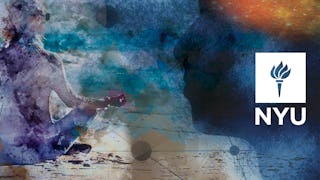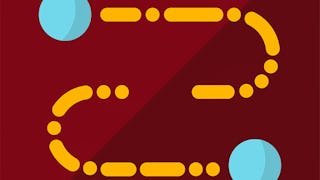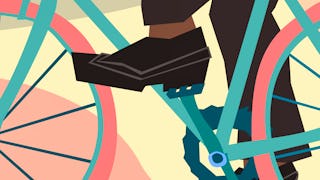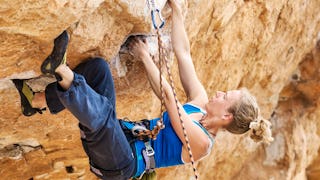Many of us spend our days sitting at a desk, looking down at our phones, or moving in ways that cause significant discomfort for our bodies. In the Alexander Technique: Balanced Posture for Ease and Comfort, explore how this novel approach to your body’s organization and coordinated movement can help relieve pain and tension, promote calm, improve sleep, and allow you to breathe fully and easily without effort.


Alexander Technique: Balanced Posture for Ease and Comfort

Instructor: Michelle Obrecht
4,644 already enrolled
Included with
Recommended experience
What you'll learn
Organize the head, neck, and spine to promote spinal length and fluid movement and improve your relationship to the ground.
Understand the mental processes behind a new way of inhabiting your body, creating a newfound sense of lightness and freedom in all your movements.
Combat stress, anxiety, and discomfort using a different approach to breathing than what you've likely been taught.
Skills you'll gain
Details to know

Add to your LinkedIn profile
5 assignments
See how employees at top companies are mastering in-demand skills

There are 5 modules in this course
This first module introduces the idea that habit underlies all of our movements, and habits can be unlearned and changed. We also look at accessing different parts of the brain to learn how to move in a completely different way. Finally, we look at the origins of the Alexander Technique at the turn of the 20th century.
What's included
4 videos4 readings1 assignment1 discussion prompt
Module two offers a simple exercise to bring you into a better relationship with your body. We take a deep dive into the anatomy of sitting with ease and balance, and how your relationship to your spine governs all of your movements. This stems from balancing your head and pelvis in a more natural alignment that makes sitting easier and promotes stamina.
What's included
4 videos2 readings1 assignment1 discussion prompt
Module three discusses some of the mental roadblocks that get in the way of understanding fluid and natural movement. We look at “standing on your own two feet” in a way that promotes a springy and connected relationship to the ground, and how to use gravity to our best advantage. Additionally, we explore the idea that the head leads our lengthened spines; this idea can take us into lighter and freer movement, including something as simple as sitting down in a chair.
What's included
4 videos2 readings1 assignment1 discussion prompt
Module four continues the exploration of the lengthened spine in movement. We widen the lens to include the entire torso. We examine the torso’s anatomy and how the concept of “suspension” governs our relationship to our shoulders and the use of our arms. We learn tools to keep us from sinking into heaviness, and take us closer to an expanded sense of self.
What's included
4 videos4 readings1 assignment1 discussion prompt
This final module considers the impact of stress on our bodies, and what we can do about it. We explore an approach to breathing that can help alleviate pain and reduce anxiety, jaw tension and insomnia. We also look at how walking has changed over the years, and how we can reintroduce a spring in our steps that keep us moving proactively through life.
What's included
4 videos5 readings1 assignment1 discussion prompt
Instructor

Offered by
Explore more from Personal Development
 Status: Preview
Status: PreviewNew York University
 Status: Free Trial
Status: Free TrialUniversity of Minnesota
 Status: Preview
Status: PreviewThe University of Edinburgh
 Status: Free Trial
Status: Free TrialRice University
Why people choose Coursera for their career





Open new doors with Coursera Plus
Unlimited access to 10,000+ world-class courses, hands-on projects, and job-ready certificate programs - all included in your subscription
Advance your career with an online degree
Earn a degree from world-class universities - 100% online
Join over 3,400 global companies that choose Coursera for Business
Upskill your employees to excel in the digital economy
Frequently asked questions
To access the course materials, assignments and to earn a Certificate, you will need to purchase the Certificate experience when you enroll in a course. You can try a Free Trial instead, or apply for Financial Aid. The course may offer 'Full Course, No Certificate' instead. This option lets you see all course materials, submit required assessments, and get a final grade. This also means that you will not be able to purchase a Certificate experience.
When you purchase a Certificate you get access to all course materials, including graded assignments. Upon completing the course, your electronic Certificate will be added to your Accomplishments page - from there, you can print your Certificate or add it to your LinkedIn profile.
Yes. In select learning programs, you can apply for financial aid or a scholarship if you can’t afford the enrollment fee. If fin aid or scholarship is available for your learning program selection, you’ll find a link to apply on the description page.
More questions
Financial aid available,

